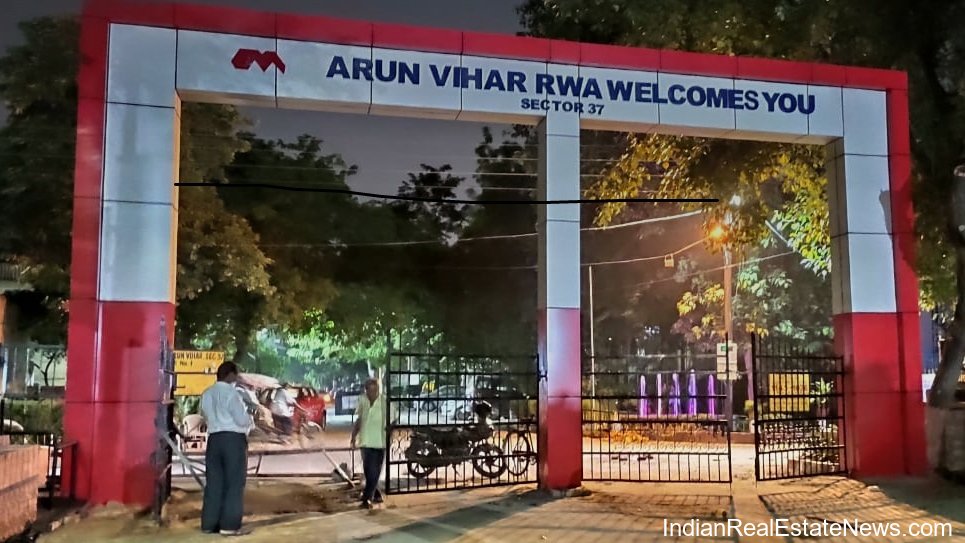In the context of community living, Resident Welfare Associations (RWAs) play a pivotal role in ensuring that residential complexes function smoothly and remain vibrant communities. These organizations are typically formed by residents themselves to manage the day-to-day operations and address the myriad issues that arise within a residential area.
What is a Resident Welfare Association?
A Resident Welfare Association (RWA) is a collective body formed by residents of a particular locality, apartment complex, or housing society. The primary objective of an RWA is to represent the interests of the residents and ensure the maintenance and development of the area.
Powers of a Resident Welfare Association
RWAs are endowed with several powers to effectively manage their communities. These powers include:
- Managing common amenities such as parks, community halls, and other shared facilities.
- Ensuring security within the residential complex by hiring security personnel or implementing security measures.
- Collecting maintenance fees from residents to fund the upkeep of the locality.
- Representing the community in discussions with local authorities and government bodies.
- Enforcing rules and regulations set forth by the association to maintain harmony and order.
Responsibilities of a Resident Welfare Association
The responsibilities of an RWA extend beyond mere administration. They are crucial in fostering a sense of community and ensuring quality of life. Key responsibilities include:
- Maintenance and Repair: Overseeing the maintenance of common areas and ensuring timely repairs.
- Financial Management: Preparing budgets, managing funds, and ensuring transparency in financial dealings.
- Conflict Resolution: Addressing grievances and disputes among residents fairly and effectively.
- Organizing Events: Facilitating social, cultural, and recreational activities to enhance community engagement.
- Environmental Management: Promoting sustainable practices such as waste management and energy conservation.
“An RWA acts as the backbone of a residential community, ensuring that both the physical infrastructure and the social environment are conducive to a harmonious living,” says a senior official from a prominent housing society.
Quick Facts about Resident Welfare Associations
| Aspect | Details |
|---|---|
| Legal Status | Typically registered under the Societies Registration Act |
| Funding | Primarily through maintenance fees collected from residents |
| Governing Body | Elected representatives from the resident community |
| Key Functions | Maintenance, security, financial management, community events |
Q1: How are RWAs formed?
RWAs are generally formed by the residents of a locality who come together to register it under the Societies Registration Act or a similar statute. An executive committee is then elected to manage the association’s activities.
Q2: Do RWAs have legal authority?
While RWAs do not have the authority of a government body, they have significant influence within their communities. They can enforce rules agreed upon by residents and represent the community in legal matters.
Q3: What challenges do RWAs face?
Common challenges include managing diverse resident expectations, ensuring timely fee collections, and effectively liaising with municipal authorities for infrastructure issues.
Q4: Can RWAs impose fines?
Yes, RWAs can impose fines on residents who violate the community rules or fail to pay maintenance dues, provided these fines are agreed upon by the residents.
Q5: How can residents participate in RWAs?
Residents can participate by attending meetings, voting in elections, volunteering for committees, and engaging in community activities organized by the RWA.
In conclusion, Resident Welfare Associations serve as a vital link between residents and local authorities, ensuring that the residential environment remains safe, clean, and well-organized. Their role is indispensable in fostering community spirit and enhancing the quality of life for residents.
